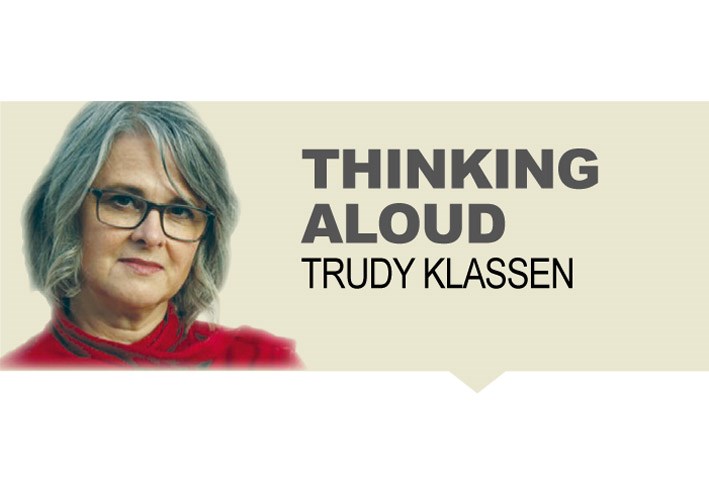BC High School Student Fees, a sampling from four districts:
- $10-21 student activity fee (basically just for being a student)
- $30-40 metal or woodworking fee
- $10-40 arts fees
- $120-145 deposit for scientific calculator
- $40-200 for physical education
- $20-30 per test for advanced placement exams
- $75-125 for graduation celebration (to participate in the cap and gown ceremony)
- $300 to $3,000 for team sports programs
If you look at the list above and you aren’t concerned, then you are at least upper-middle class, which is great for you.
However, that’s not so great for the families who look at the list and cringe. Those families know that their children are part of their school’s “underclass.” These students do not gain the same benefit from their public school education as more well-off students.
The list above should cause us all to take a hard look at what we ask our schools to deliver and for whom. For example: school team sports teach “soft” skills like effective communication, teamwork, dependability, adaptability, conflict resolution, flexibility, leadership and problem-solving. Nearly every school I looked at highlight how their sports programs build these skills.
However, entry into those programs isn’t based on skill, it’s based on your family’s ability to pay. The students who can’t afford the fees for team sports either chose not to tryout or bear the embarrassment of qualifying for a team but not joining due to the huge fees. If these “soft” skills are required skills for a successful transition to the working world, why aren’t they available to all students, as part of the school budgets?
Interestingly, this year, due to COVID-19, schools are only playing in-house (intramural) sports. It will be intetersting to see what happens if this continues for a few years. If there is no difference in student outcomes, why are we spending precious education dollars on something of no benefit to the students? If it shows a difference, then why are sport programs only available to better-off students?
I know that school staff try their best to ensure kids don’t fall through the cracks, but by the time students reach high school, students are very aware of how much money their family has to spend on “extra” stuff. So they self-select.
They choose not to take the class that requires the scientific calculator. They don’t “like” PE to avoid the fee. They won’t even bother with AP exams, because if you are smart enough to take them, you are also smart enough to know your family doesn’t have the money to pay for them. Instead of celebrating grad with their class, they say: “Hah! Who wants to wear the stupid cap?”
We can challenge this systemic inequality. School sports, arts, graduation, and other programs can be deliveredin a more economical way or sponsorships sought. Team sports could be done cheaper by not going out of town or by seeking sponsorships for uniforms and travel, etc.
Where there is a will, there is a way. If COVID-19 has taught us anything, it’s that things can be done differently.



